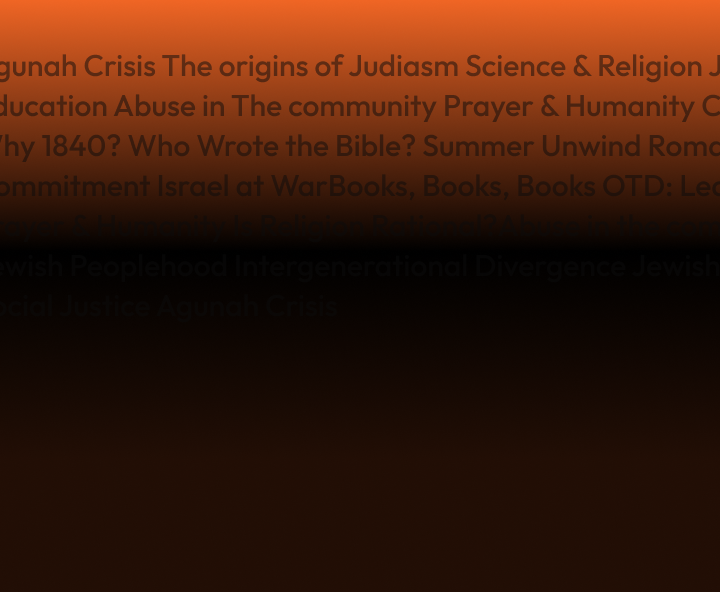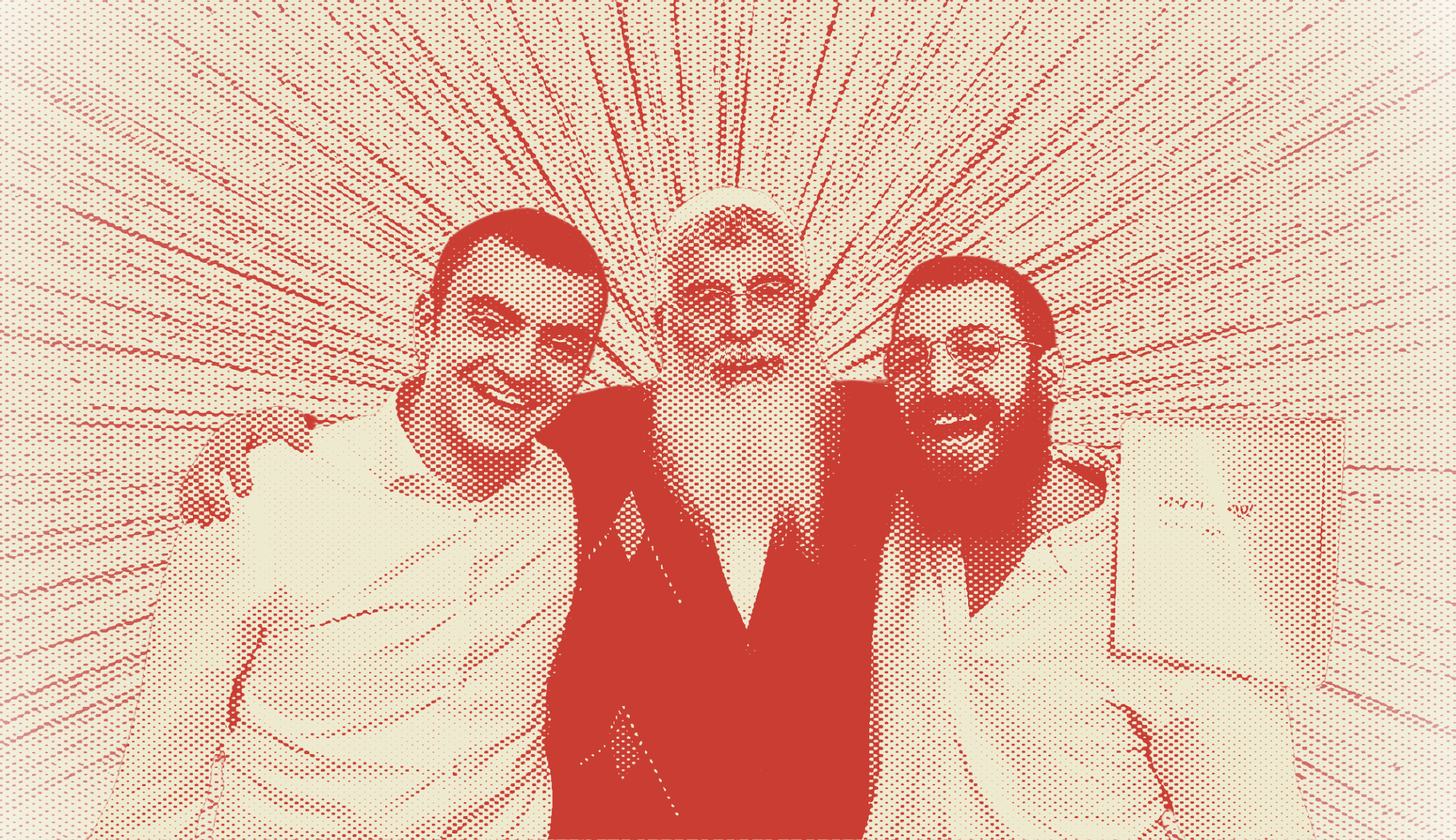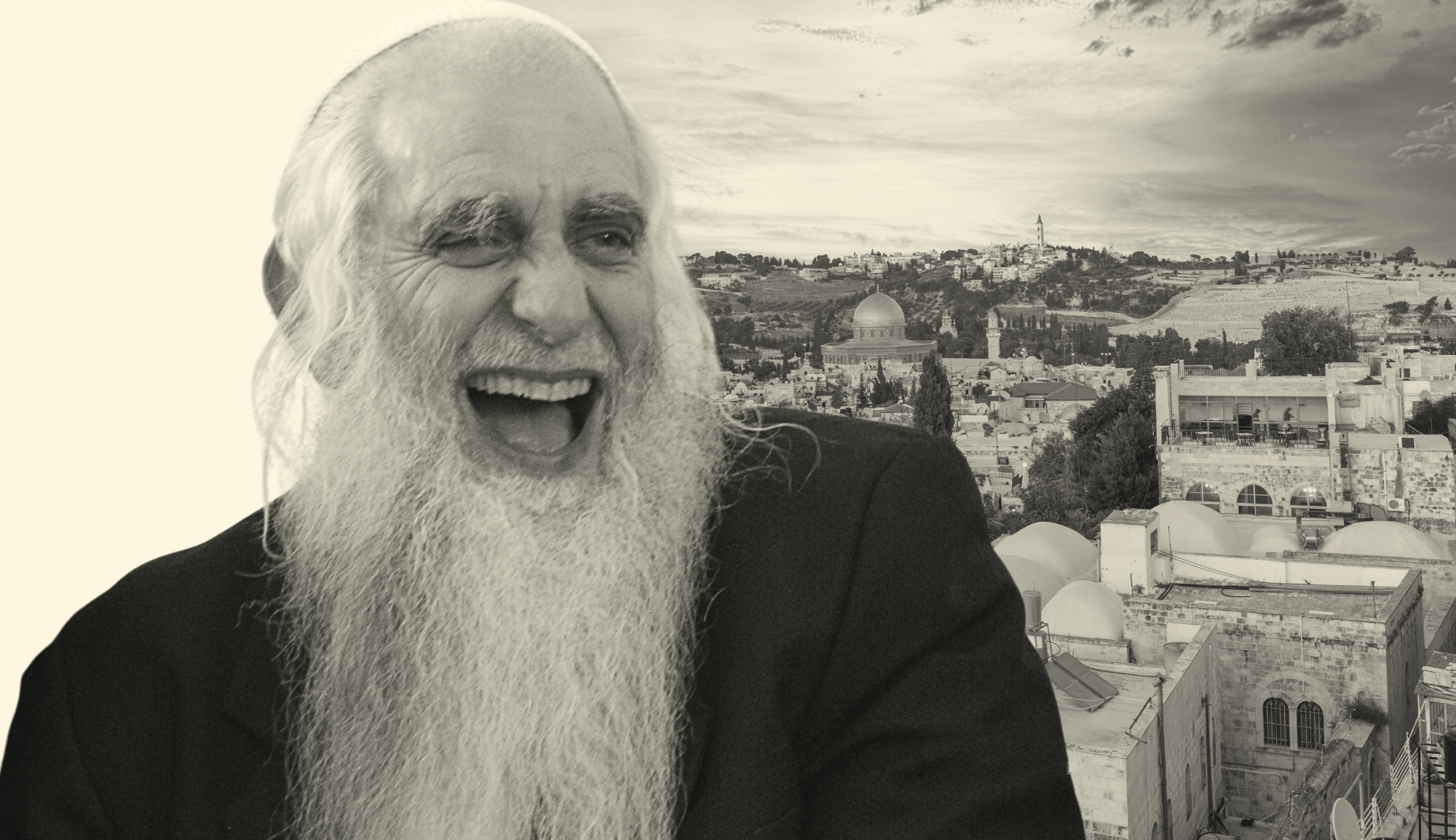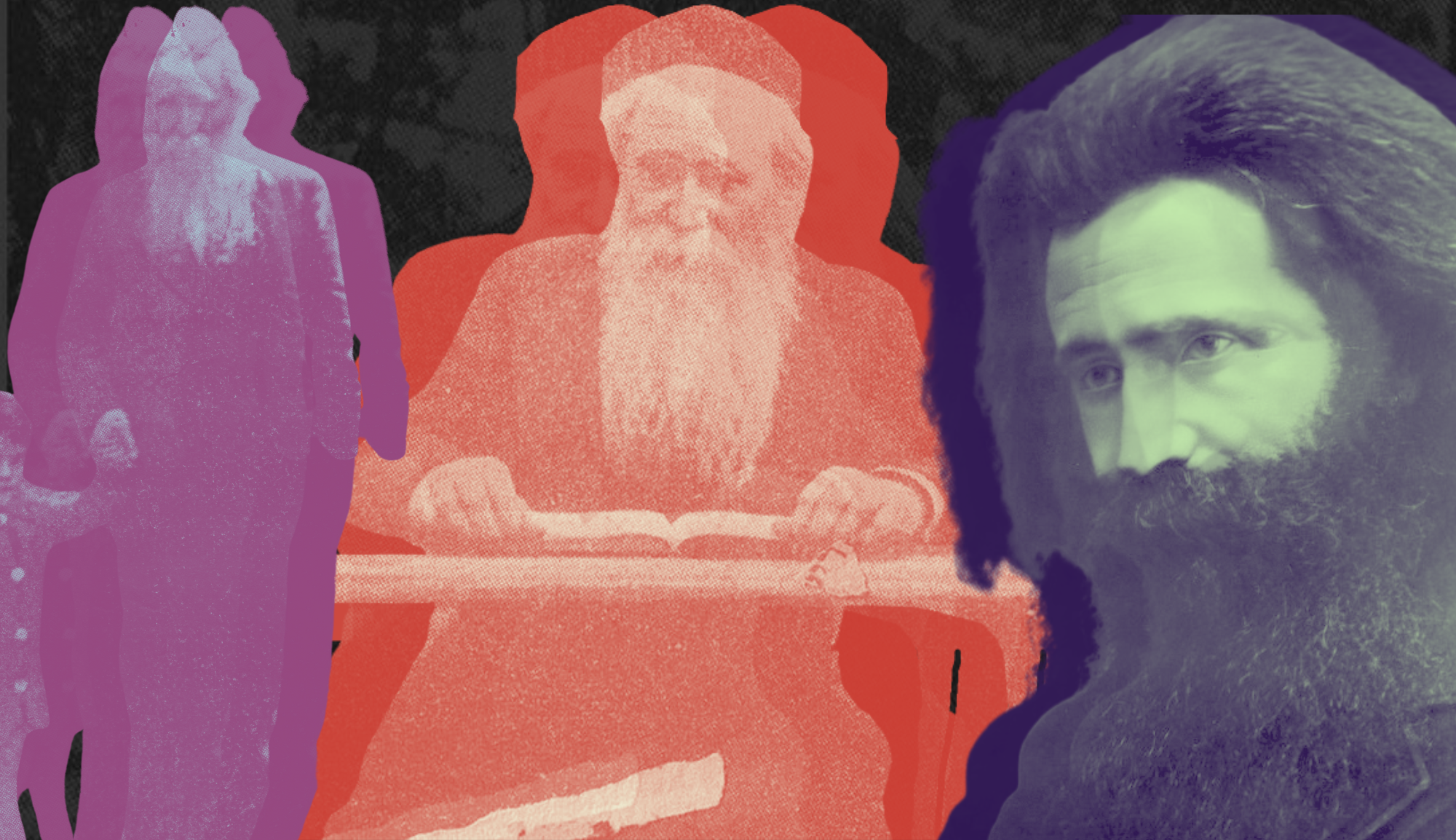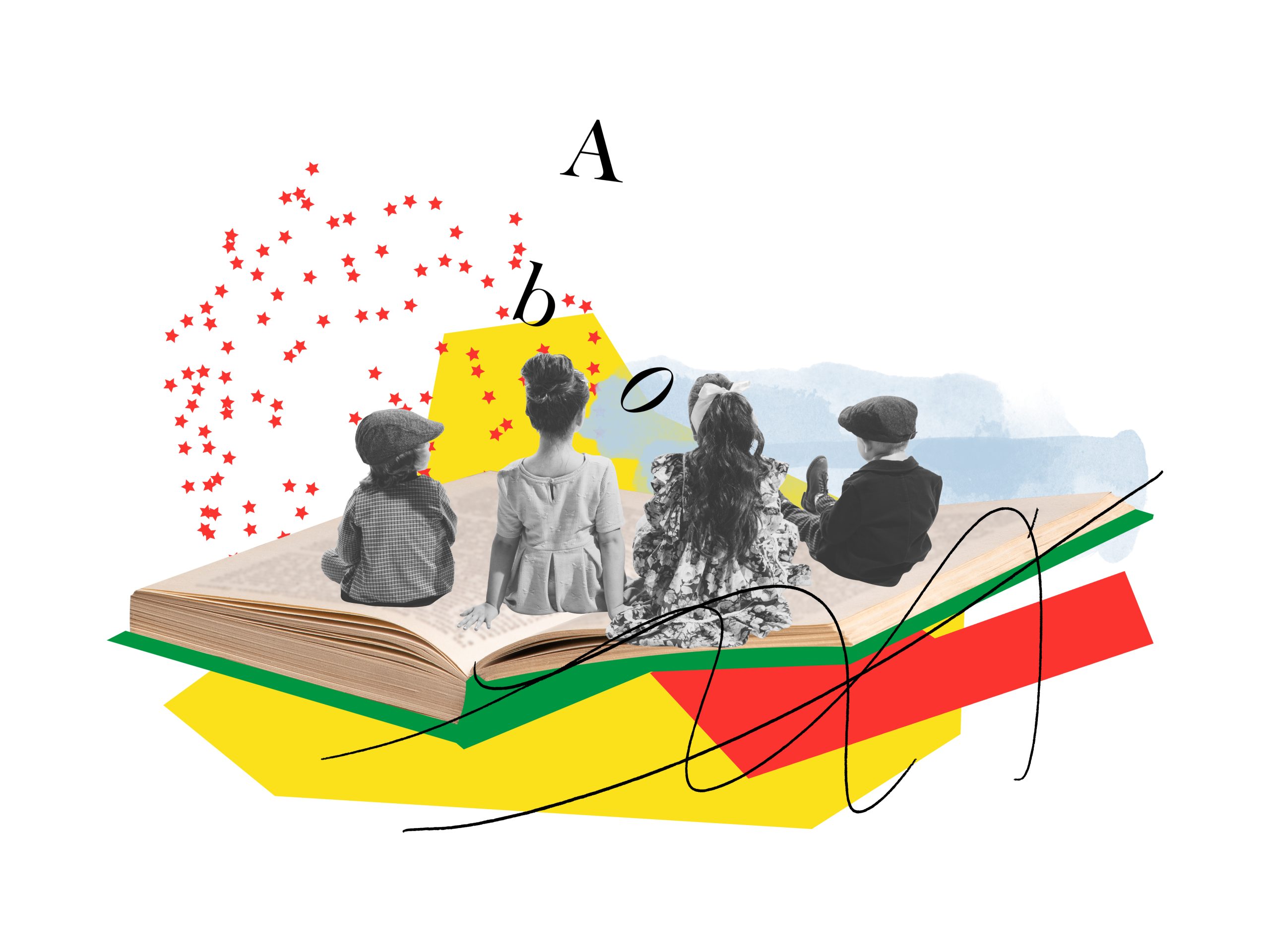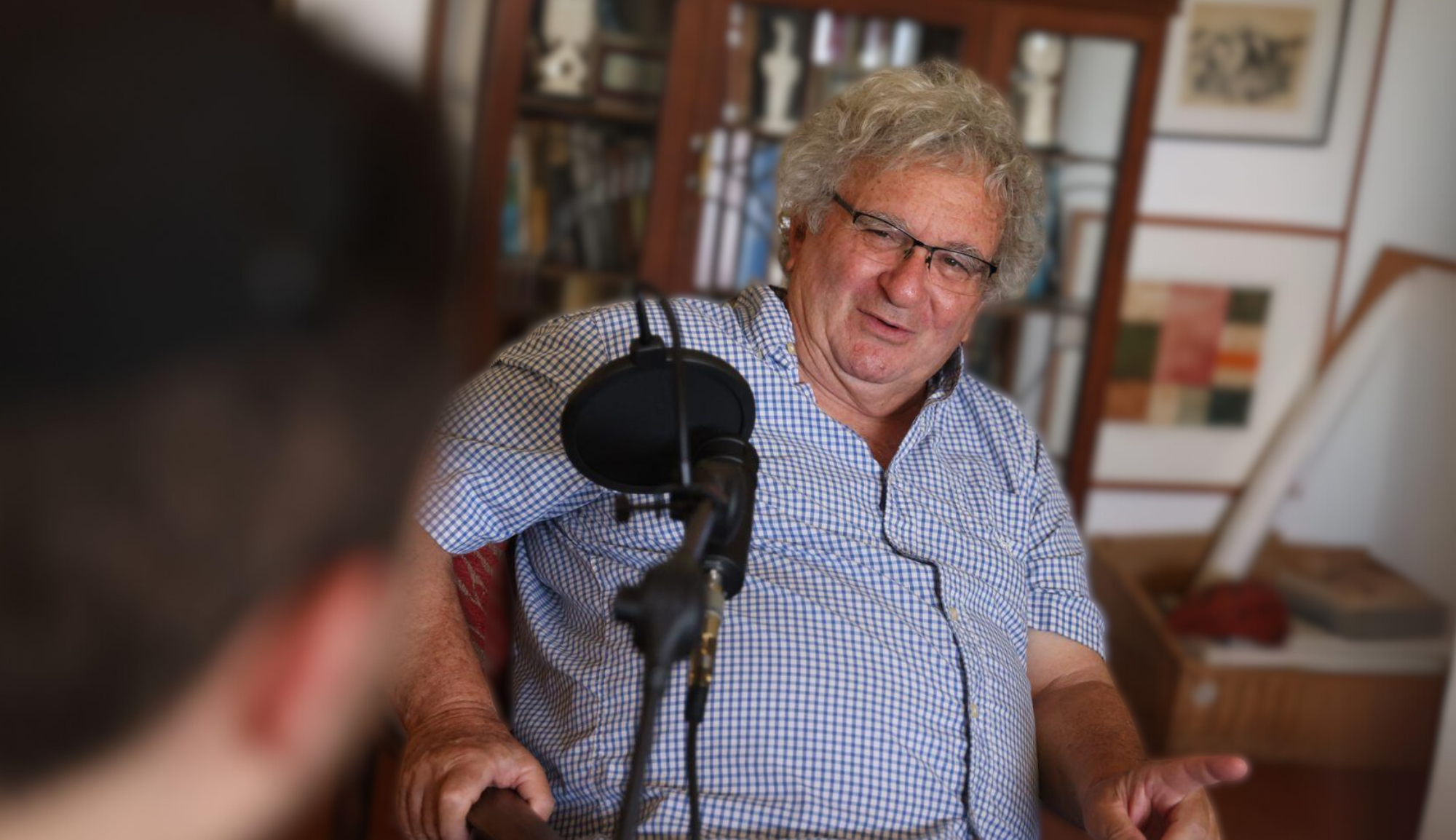Is teshuva about changing ourselves, or is it about accepting who we are? Is it about my personal freedom or about divine grace? When it comes to teshuva, what even is the relationship between human freedom and divine grace, between ourselves and God?
These are the questions which underlie Shuvi Nafshi: Hesed o’ Herut, one of the first books of Rabbi Shimon Gershon Rosenberg’s teachings ever published. Rav Shagar (1949–2007), as he is more commonly known, was a Religious Zionist rabbi, theologian, and teacher. His teachings attempt to grapple with the various philosophical movements of the 20th century, most famously postmodernism, which he saw as a (mixed) blessing. While recognizing the challenges it presented, he thought it made possible a Judaism marked by both humility and passionate service of God. It also created a fertile ground for personal freedom, a value he inherited both from existentialism and from the teachings of Rav Kook, one of his guiding lights. The question of what it means to act freely and what role freedom plays in teshuva lies at the heart of Shuvi Nafshi.
Based on a series of lectures Rav Shagar (Rabbi Shimon Gershon Rosenberg) gave on different approaches to teshuva, the chapters of Shuvi Nafshi categorize different thinkers based on whether they think teshuva is about divine grace (hesed) or human freedom (herut). Two chapters are devoted to Rambam (Maimonides); one to Rabbi Joseph Soloveitchik; one to other medieval thinkers like Rabbeinu Bahya Ibn Paquda, Rabbi Hasdai Crescas, and Rabbi Yosef Albo; and one chapter to two Hasidic thinkers, Rabbi Mordechai Yosef Leiner of Izbica and his student, Rabbi Tsadok Hakohen of Lublin. (There is an initial chapter on Rebbe Nahman and a final chapter on the Baalei Hamussar which do not quite fit this binary theme. The first chapter is a derashah unrelated to the lectures on which the other chapters are based, and the final chapter was added only in the second edition.)
Is Teshuva Something We Do or Something God Gives Us?
The chapters on Rambam explore various questions about his understanding of teshuva and the answers given by commentators over the years. One particularly central question—Why doesn’t Rambam list teshuva as a mitzvah (commandment)?—receives an answer that gets to the heart of the issue: According to Rav Shagar, the reason is that Rambam sees teshuva as no more or less than the recognition and embrace of our free will. It can’t be a commandment, because it is the very condition for intentionally keeping any commandments at all.
Meanwhile, for Rav Soloveitchik, teshuva isn’t the recognition of free will—it’s what you do with free will. teshuva is when a person chooses to live according to Jewish law and then does so. In doing so, Rav Soloveitchik says (and Rav Shagar makes a lot of this line), “a person can become their own messiah.” In teshuva, a person becomes their own salvation, saving themselves from a life of sin and distance from God.
In contrast, Rabbeinu Bahya ibn Paquda in his ethico-philosophical work Duties of the Heart argues that the key to teshuva is recognition of divine grace. Rather than seeing yourself as a fully-capable and responsible agent—“your own messiah”—you should see yourself as the frail, faulty creature whom God created. In the words of Rav Soloveitchik’s famous essay, “Catharsis”:
Sin is a reality, not just a potential threat. Perfect man has never been created. If a man is not conscious of the contradiction inherent in the very core of his personality, he lives in the world of illusion and leads an unredeemed existence. It matters not what we call such a complacent state of mind—self-righteousness, pride, haughtiness, stupidity—it is all a manifestation of a brutish and raw state of mind. At this point the idea of תשובה emerges and conveys to man the message of catharsis. In what does this catharsis express itself? In the aptitude of man to take a critical look at himself and to admit failure, in the courage to confess, to plead guilty, in the readiness to accept defeat. (Tradition: A Journal of Orthodox Jewish Thought 17, No. 2 (1978), 54)
If a free choice is one where the chooser identifies with the choice when they make it, where they feel like it is their choice rather than something forced upon them, then the key to teshuva is making past sins somehow feel like they were compelled, rather than freely chosen.
For Rabbeinu Bahya, God created us as flawed beings and loves us as such, so teshuva is not about changing ourselves but about accepting who we are and admitting to the things we’ve done wrong. As Rav Shagar likes to quote from Duties of the Heart, the only thing worse than sin is pride: “One of the righteous would say to his students: ‘If you were completely without any sins, I would fear for you on account of what is worse than sin.’ They said, ‘What is worse than sin?’ He answered, ‘pride and flattery’” (Duties of the Heart, Gate of Teshuva, Ch. 8; based on translation by R. Yosef Sebag).
The 14th-century Rabbi Hasdai Crescas might be best known for his compatibilist views of free will, wherein a free choice is one made without any sense of compulsion (rather than being totally uncaused or unconditioned). Rav Shagar fleshes out Rav Crescas’s view of teshuva based on this idea (and supplemented with the works of Rav Yosef Albo, Rav Crescas’s student). If a free choice is one where the chooser identifies with the choice when they make it, where they feel like it is their choice rather than something forced upon them, then the key to teshuva is making past sins somehow feel like they were compelled, rather than freely chosen. If you can change who you are such that you no longer identify with past sins, such that in order to do them now you would have to be forced, then you have done teshuva. Teshuva in this sense would be about changing yourself, but not about doing different things (on the compatibilist view, that’s outside your control anyway). It is about become a different person, one who would act differently than you did in the past.
Finally, Rav Shagar turns to the Hasidic teacher Rav Mordechai Yosef Leiner of Izbica (known also as “the Izhbitzer” or by the name of the book compiling his teachings, the Mei Hashiloah) and his student, Rav Tsadok Hakohen of Lublin. Drawing on both together, Rav Shagar paints a picture of teshuva as recognizing that free will is an illusion. This yields two distinct levels of teshuva aligned with the traditional terms, “fear-driven teshuva” (teshuva me-yirah) and “love-driven teshuva” (teshuva me-ahavah). Fear-driven teshuva, in this model, is where you understand that what you did served a divine purpose, but you’re not happy you did it, because it was still a violation of the Torah. Love-driven teshuva, in contrast, is when you recognize your sins as divinely-willed, and you are glad to have served the divine will, even in violation of the Torah.
Which Type of Teshuva Will You Choose?
These perspectives are all very interesting, but to many a reader’s chagrin, Rav Shagar doesn’t give any practical suggestions about how to apply them. Was this all just a history lesson on different opinions about the nature of teshuva? The fact that the opinions fall into two contradictory camps makes the problem even more intense—the reader simply can’t apply all of them in practice. They have to choose.
Arguably, this may be part of the point. Rav Shagar constantly emphasizes the importance of individual choice and responsibility. You yourself must decide to either change yourself or accept yourself—no one else can do it for you. However, this basic dichotomy between choice and acceptance is a recurring theme for in his writings, which may further emphasize the importance of individual responsibility, but also leaves the reader persistently in the same quandary: How do I know what to do? (I’ve written about this tension and possible resolutions in context of kabbalat ol malkhut shamayim in Rav Shagar’s writings here.) Below, I want to look at one of Rav Shagar’s teshuva derashot (from Zikaron Leyom Rishon) and the way it might help us navigate this problem.
‘You are the one who sinned, and you are the one who repents.’
In Elul, 1984, Rav Shagar gave a derashah exploring the story of R. Elazar ben Durdayya (from Avodah Zarah 17a), who begins the story as an exemplar of promiscuity before quite suddenly realizing the error of his ways and doing teshuva. As the aggadic passage concludes, “there is one who acquires his share [in the World-to-Come] in one moment.” In a single moment, R. Elazar’s whole life changed.
In discussing the story, Rav Shagar seeks to understand R. Elazar ben Durdayya’s mindset at the various points in the story: What was he thinking? How did he understand himself and the meaning of his actions?
Rav Shagar argues that, as with most of us most of the time, R. Elazar ben Durdayya generally lived with a sense that his actions had no determinate meaning. “The sinner thinks that nothing is decisive, no process is irreversible, and that nothing absolute exists” (Rav Shagar, Living Time: Festival Discourses for the Present Age, trans. Levi Morrow & ed. Alan Brill [Maggid Books, forthcoming], 5). As Rav Shagar interprets him, R. Elazar ben Durdayya knew he was violating halacha, but never really engaged with the significance of that fact. After all, if you can undo any mistake, then why bother avoiding them? As Rav Shagar says in another derashah:
Unfortunately, we often do not feel like something significant happens to us during the High Holy Days because we do not really think of ourselves as sinners. Moreover, we really are not sinners at all! To sin, to truly and deliberately sin, we must first live a life that acknowledges there is such a thing as a sin to begin with. In this sense, our greatest sin is that we do not live that sort of life. This is what we say in the confession of Al Ĥet, “for the sin we have sinned of throwing off the yoke.” At some point, consciously or not, we threw off our yoke, discarding our awareness of a connection and covenant with God that makes us feel a sense of sin and transgression when we break that covenant (Living Time, 15).
The problem which besets R. Elaza ben Durdayya—which Rav Shagar suggests besets us all—is that he doesn’t feel there’s a problem at all. We live our lives in a rote manner, any drama and tension introduced only by the urgency of small tasks—finishing projects at work, caring for home and family, completing school assignments, etc. Our actions aren’t “sins,” because in fact any religious scale of right or wrong doesn’t even come up. All that is sin melts into air.
When R. Elazar ben Durdayya realizes his wrongdoing—the wrongness of his doing, of his actions—a tremendous sense of agency comes along with it. “It all depends on you! You are the one who sinned, and you are the one who repents” (Living Time, 4–5). Much like the views of Rambam and Rav Soloveitchik mentioned above, teshuva is about making intentional, deliberate choices and shaping your life. You have the capacity to life live in accordance with your beliefs—so do it, says Rav Shagar. We often procrastinate making important choices, hoping someone or something else will come along to take away the burden of the choice, but R. Elazar ben Durdayya realized that “he needed nothing but himself, not long conversations or musar pep-talks, not people or ideas or books, but only his sincerity, his deep will, his self” (Living Time, 5). Whether you read this as a mussar schmooze or a call to authenticity—or both—will vary by the reader.
This turn to authenticity and responsibility leads to the story’s positive—if not necessarily happy—ending. “R. Elazar ben ben Durdayya cried loudly until his soul departed. A Divine Voice emerged and said: R. Elazar ben Durdayya is destined for life in the World-to-Come.” This is all well and good—or is it? If the problem which faced R. Elazar ben Durdayya at the beginning of the story is that he has no sense of right and wrong, then authentically, deliberately living in accordance with his sense of right and wrong simply isn’t an option. The major shift within the story is not about R. Elazar ben Durdayya’s ability to make intentional choices—his initial promiscuity makes it quite clear he can accomplish any task to which he sets his mind—but about how he comes to possess a clear sense of sin and repentance, or right and wrongdoing.
The way we come to (a) have values and (b) feel them deeply and urgently is something that we cannot control. We do not choose our values—quite the contrary, we must have values before we can make a choice.
So what can we do if faced with R. Elazar ben Durdayya’s conundrum? What could he do?
Remarking on R. Elazar ben Durdayya’s change of heart, Rav Shagar remarks that this “decisive, wholehearted—unified—mindset … is a function of divine grace” (Living Time, 8). A chance encounter suddenly shifts R. Elazar ben Durdayya from the realm of the meaningless and mundane to the urgent realm of sin and teshuva. Our values and their urgency are not things we can create ourselves. We must necessarily receive them from beyond our own reason and decision-making.
If this is the case, then is teshuva simply beyond us? Should we pray to receive teshuva rather than deciding to do teshuva? Perhaps. This is certainly the argument in some chapters of Shuvi Nafshi. In the story of R. Elazar ben Durdayya, however, the relationship between doing and receiving is more complicated than a simple binary. Rather than standing in opposition, the two work together. It is only once R. Elazar ben Durdayya recognizes that he really does believe some actions are right and some actions are wrong that he can make choices in line with these values, and deciding to do so gives his values presence and reality in his life and in the world.
We all have moments when we realize we have not lived up to our values. Going about our lives as normal, we are suddenly struck by the gaping chasm between who we are and who we think we should be. We feel shame. Perhaps we have a specific mitzvah we know we should do, but we somehow never find the time, despite knowing exactly how much time we waste doomscrolling. Or perhaps we have walked past the same person asking for tzedakah every day without so much as turning our head. Then, one day, we meet their eyes and realize that we have been ignoring a person, and we are ashamed. This is not an act we choose, but a moment we are given. We receive the message: “You are the one who sinned, and you are the one who repents” (Living Time, 4–5). As Rav Shagar says of guilt in another derashah:
Guilt never be imposed on me from the outside. I must take it upon myself personally by acknowledging “I really did sin.” This guilt thereby leads to a shame wherein I am reborn – I exist as a sinner, a betrayer, a vessel full of shame and embarrassment. Nonetheless, I exist, and I exist before God! (Living Time, 17)
Shame is the first step, a critical moment of recognition. What makes it into teshuva is how we respond to it: Can we accept it, hold onto it, and make it the foundation of a new way of life? Our initial instinct is to repress shame, but can we overcome this impulse? Can we realize what we have done wrong and start to build different patterns of action—and actually recognize the other? Can we use our freedom to make the most of what we are given?
Levi Morrow received semikhah from the Shehebar Sephardic Center in Jerusalem and is a PhD candidate at the Hebrew University in Jerusalem, where he is researching Rav Soloveitchik’s political theology. Levi wrote his MA in Jewish Philosophy on Rav Shagar at Tel Aviv University, and he is the translator of Living Time: Festival Discourses for the Present Age, a volume of holiday derashot from Rav Shagar that is forthcoming from Maggid Books. He teaches Jewish Philosophy in Jerusalem, where he lives with his wife and their three children.
